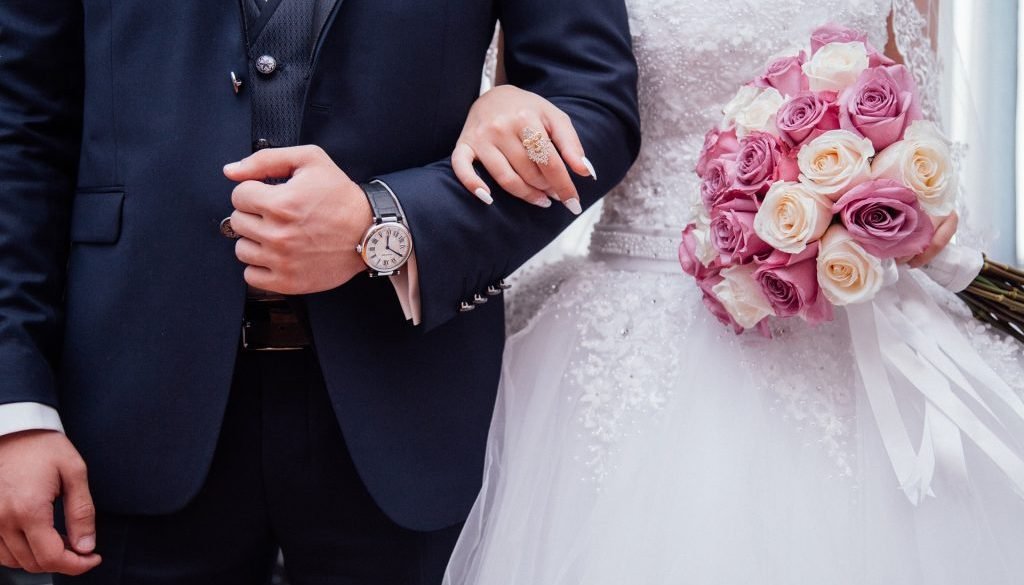How To Preserve Your Wedding Gown? Tips and Tricks for Long-term Preservation
Wedding Gown, Unless you are a member of the aristocracy or a royal, your wedding day will likely be just one of many special days in your life. But that doesn’t mean your wedding gown preservation should just be one of many great outfits you own. Instead, it should stand out as the most memorable piece in your closet. These days, more and more brides are getting their gowns tailored after the wedding and preserving them for future wearable years. It is not an unheard-of practice — Queen Victoria had her blue wedding dress made into several different day gowns — but it falls outside the legal advice on what to do with the dress post-wedding. To help you make informed decisions about how best to preserve your wedding gown, we’ve compiled this list of ideas, tips, and tricks for long-term preservation.
Table of Contents
Deciding Whether to Preserve Your Wedding Gown
The first thing to decide is whether your wedding gown is in good enough condition to merit preservation in the first place. If the fabric is tattered, torn, stained, or otherwise in poor condition, there is no point in keeping it. Many other, less expensive ways to commemorate your big day. However, if the fabric is in good shape, you may decide that preserving your dress is the best option. Dry cleaning preservation is an excellent option if your gown is in good condition. It is a relatively cheap yet reliable way to ensure that your dress stays in good shape. Plus, it requires no special equipment or long-term storage space. One benefit of dry cleaning is that it keeps the gown looking new. If you don’t want to deal with wrinkles, a dry cleaning preservation service will ensure that your dress stays wrinkle-free. Another benefit of dry cleaning is that it is gentle on fabrics. Brides worried about their gowns falling apart should note that the gentle wash used in dry cleaning is less likely to cause fabric deterioration than a home solution.
Professional Sewing and Preservation
If you want to your wedding dress preservation, you might also want to consider hiring a sewist to repair any damage. One way to do this is to hire a sewist to repair the dress and work any alterations into the wedding gown preservation process. Another way to do this is to hire a sewist to repair the dress and preserve both the damaged and undamaged parts. You can then wear the preserved dress for special occasions and take the preserved pieces for further alterations. You can also combine wedding gown preservation with wedding gown alteration services. If your dress is in good enough condition to be preserved but doesn’t fit you as it did during the wedding, you can hire a sewist to alter it to fit your current size. This process is likely more expensive than other preservation methods, but it is tailor-made for your wedding gown.
Bag Preservation
Bag preservation is a cheap and quick alternative to other preservation methods. Depending on the size of your bag, you may use a garment bag or a more giant plastic bag. You will want to ensure the fabric is clean before you bag it up. Soak any stains in a cleaning solution, and brush away any dirt or debris. You will also want to make sure that you seal the bag properly. This will prevent the fabric from deteriorating too quickly or moths from attacking the dress. You will also want to place your load in an airtight container. This will ensure the bag stays clean and bugs don’t find their way inside. Bag preservation can be done in a few hours, is relatively cheap, and requires no special equipment.
Shaving and Stamping
If your wedding gown is in good enough condition to be preserved, you may also be able to shave or stamp the dress. Stamping involves placing a rubber stamp on the fabric and then pressing it with a heated metal stamp. Shaving is like stamping, but the symbols are made of blades rather than rubber. Both shaving and stamping have their pros and cons. Shaving is cheaper and more durable, but stamping can create more exciting designs. Both shaving and stamping can create a unique souvenir of your wedding day, as long as you ensure that the plan doesn’t interfere with the integrity of the dress.
Engagement Ring Preservation
If your wedding is coming up and you find yourself without an engagement ring, you might want to look into preserving your engagement ring. Engagement ring preservation is a bit of a gamble. Although the process is designed to protect the ring throughout its lifetime, the chances that it will last as long as the ring wearer is another matter entirely. However, engagement ring preservation is cheap, quick, and easy, so it’s worth a try if you don’t have the funds or time to invest in preservation. One of the best ways to preserve an engagement ring is to wrap it in a soft cloth and place it inside a small, airtight container.
Final Words
Congratulations! You finally have a great excuse to keep your wedding gown around. We hope this list has helped you decide which preservation method is best for your wedding gown. Just remember that wedding dress preservation is not the same for every dress. Some ways work better for some fabrics than others. And best of all, wedding gown preservation can be done at any point in your life. Whether you are a soon-to-be bride or a recently retired one, it is never too late to preserve your wedding gown.



